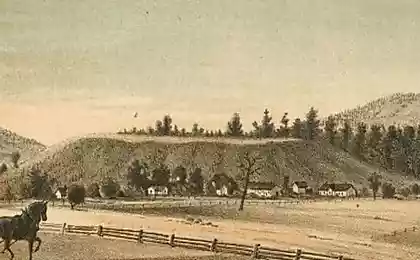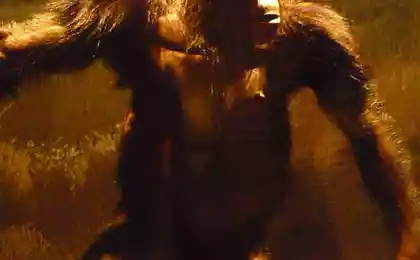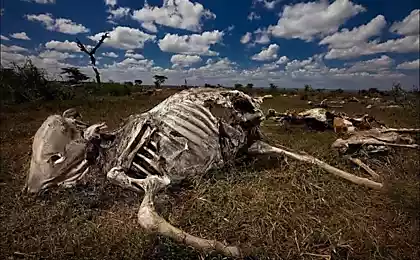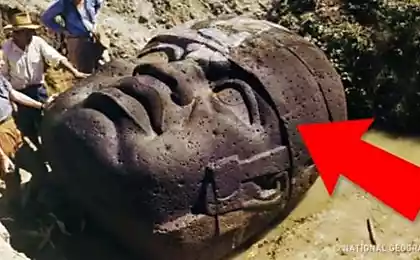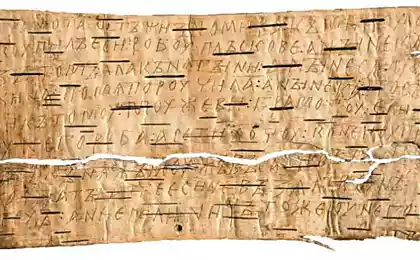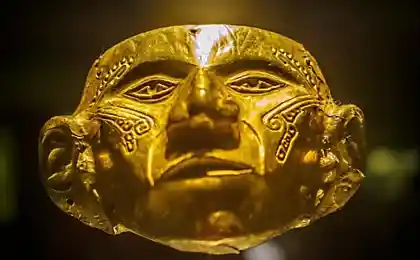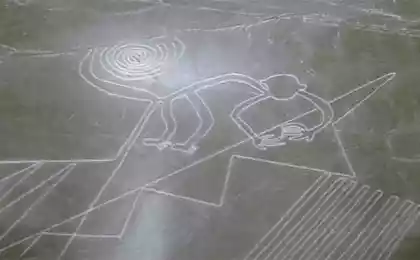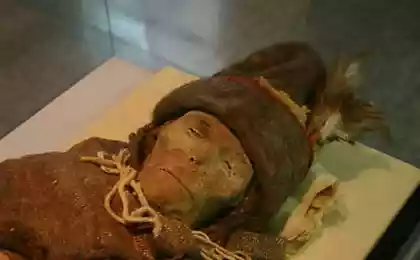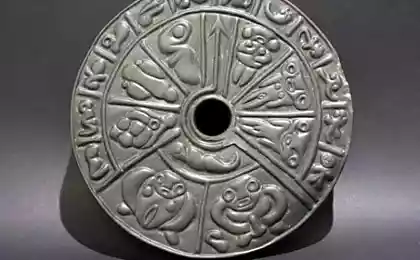632
18 archaeological finds, causing heated debate
From cave paintings to the values of the last moments of the life of mummified human, archeology provides a vast number of topics for debate, by which inquiring minds are trying to uncover the truth. < Website describes some of the most famous archaeological mysteries that still cause heated debate among scientists.
1. Spanish Spanish holmZagadochny Hill is located in Pennsylvania. Researchers can not come to a consensus as to the origin and structure of the mounds found on the hill. Some believe that they are created by the first farmers, others - that is the remains of settlements of the ancient Indians, and others - that in this place there were fierce battles
.
2. 33-meter temple in the city TikalDebaty around this Mayan temple concerned not its origin or purpose of creation, and the fact that archaeologists have decided to dismantle the structure in order to see what looked like the initial stage of its construction.
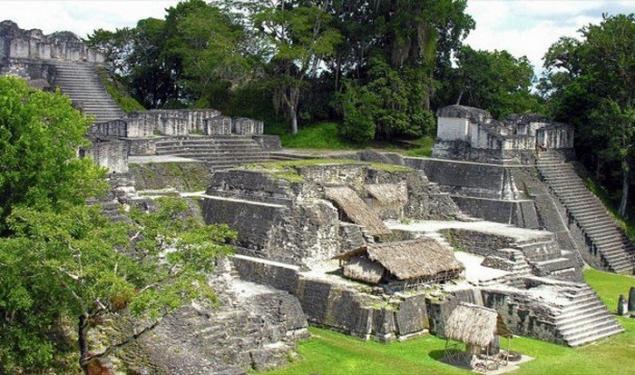
3. Grolersky kodeksEta pre-Columbian Maya book first appeared in the private collection of one of the collectors of New York in the 20th century. However, since its authenticity has been repeatedly challenged by archaeologists.
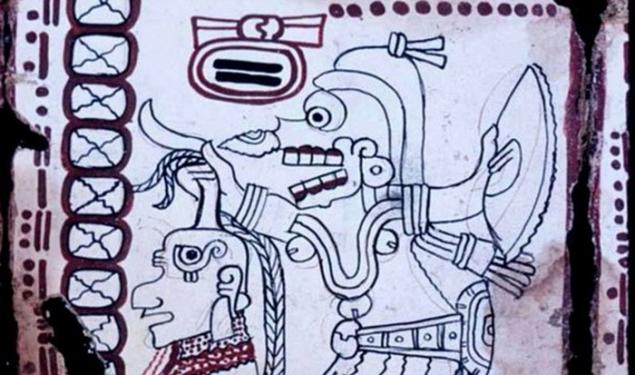
4. Map Piri reisaKarta was compiled by the Turkish admiral Piri Reis, and is allegedly a copy of one of the plurality of Christopher Columbus cards. For a long time in Turkey it was considered a matter of national pride. However, experts raised doubts about its accuracy is expected, especially in relation to the New World and the coasts of Antarctica.
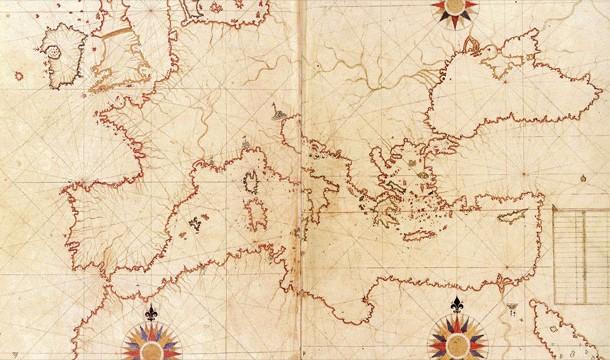
5. Baghdad batareyaEto name for a number of artifacts discovered in 1930 in Iraq. Vessels affected by corrosion, because archaeologists have suggested that they were probably used to store wine or vinegar. However, it later emerged the hypothesis that these vessels could be used as the battery cells to cover the gold silver. Although the "Mythbusters" have shown that it is at least theoretically possible controversy regarding their destiny is still ongoing.

6. EtsiMumiya Ötzi was found high in the Alps on the border of Austria and Italy. Ice mummy man, also known as the Tyrolean Iceman, the oldest naturally preserved mummy in Europe. There is a lot of controversy and hypotheses regarding how Ötzi died. The most popular theories include all sorts of ways, ranging from participation in the search group and ending with the ritual sacrifice.
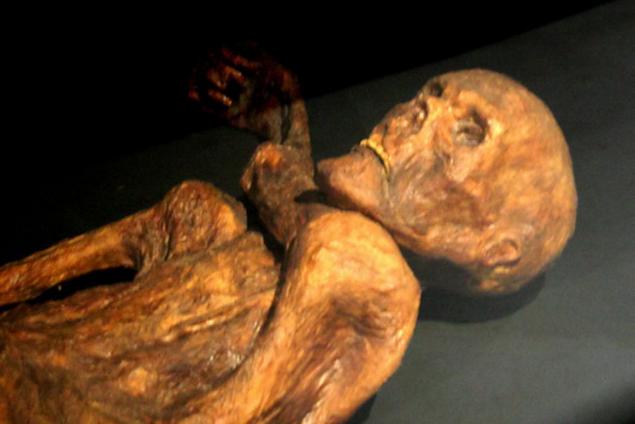
7. Skull number 5Yavlyaetsya one of five skulls found in the town of Dmanisi, Georgia. The unusual size of the skull are the subject of constant debate in the archaeological community. Basically, scientists argue about whether there was Dmanisiysky hominoid early form of Homo erectus (Homo erectus) or not.
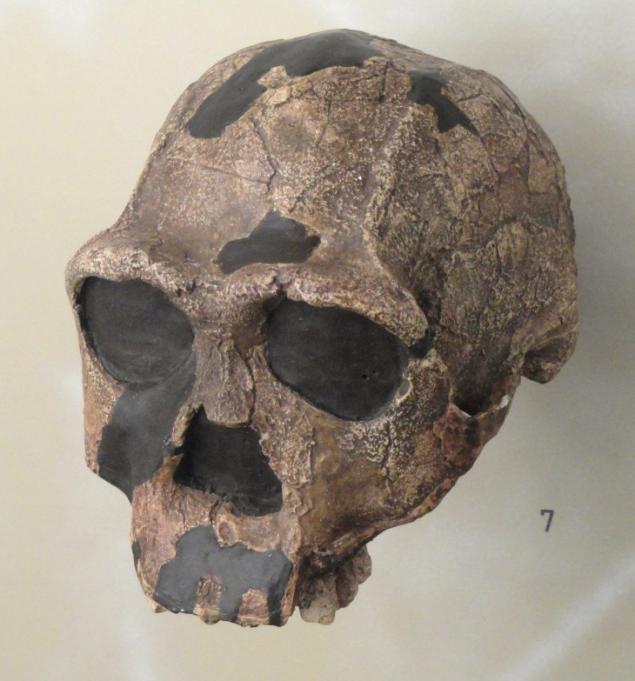
8. Cylinder KiraDrevny cylinder containing Akkadian cuneiform, was discovered in 1879 in what is now Iraq. This manuscript was written in the name of the king of the Achaemenid, Cyrus the Great. To date, among scientists not subside disputes with regards to its historical significance. Some experts see it as a confirmation of the repatriation of the Jews, while others see it as the oldest known charter of human rights.
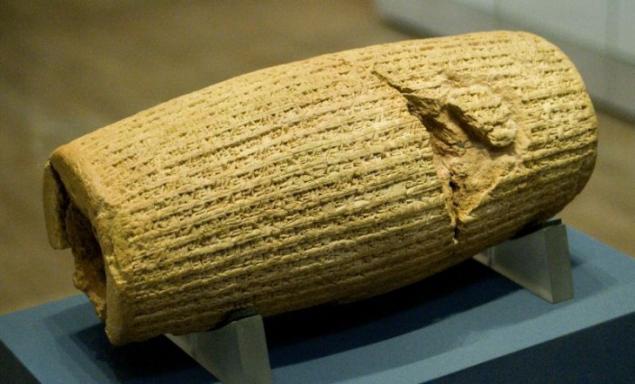
9. primitive man parking KalikoTysyachi stone products, resembling a prehistoric tools were found during archaeological excavations in southern California, leading to the area known as the site of primitive man Calico. However, among the scholars still debate continues with regards to whether these "tools" artifacts (made by men) or archaeological monument (formed by nature).
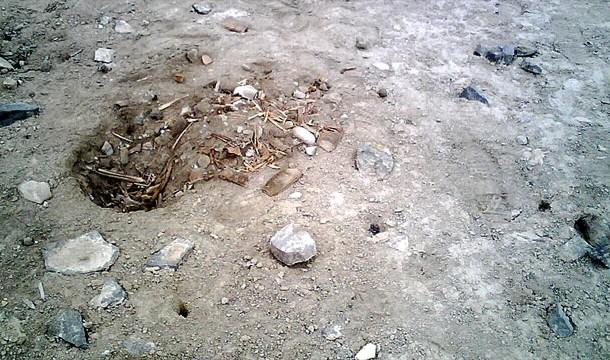
10. Monte Verde, ChiliOtkrytie archaeological monument of Monte Verde in Chile prompted many archaeologists believe that humans settled in the Americas much earlier than previously thought (the age of the monument is defined in 14, 5 thousand years).

11. Sandia pescheraVozmozhno, one of the most controversial archaeological finds in history can be called the cave, located in New Mexico, which was excavated by Frank Hibbenom in 1930-1940-ies. Many of its working methods and findings made by them are a source of great controversy in archaeological circles even today. Particularly controversial is the assumption that a person colonized North America much earlier than previously thought (again).

12. ChelovekPiltdaunsky Piltdown man was probably one of the most famous anthropological hoax ever perpetrated by people. After all, in fact, after the bone fragments found in England, presented as the remains of a previously unknown species of early humans, the scientific world took more than 40 years to be expose this deception. Personality forger remains unknown.

13. RunamoRunamo - is covered with cracks diabase dike located in Sweden with alleged runic inscription on one side. This theory served as the source for a number of recent controversy in the scientific community about whether the cracks are found any record or they are the result of natural wear patterns.

14. White Cave ShamanaEta 7-meter painting, discovered in Texas, has become the main topic of much debate and discussion with regards to its purpose and intent. The most common theories include many ideas from the rituals, made before the battle, and ending with the ancient religious ceremonies.
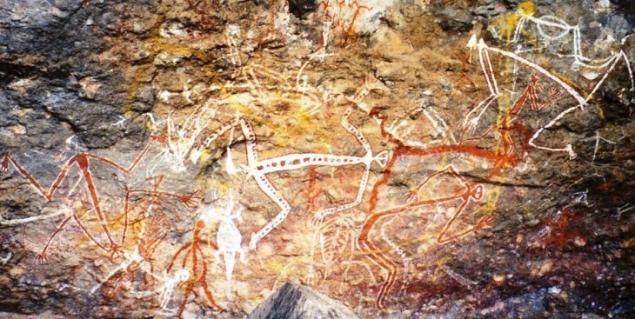
15. Terteriyskie tablichkiTri tablets found in Romania in 1961, have led to serious contradictions between archaeologists, especially in relation to their age and value. And more specifically, the experts did not agree in opinion with regards to the fact whether they represent an early form of a letter or not.
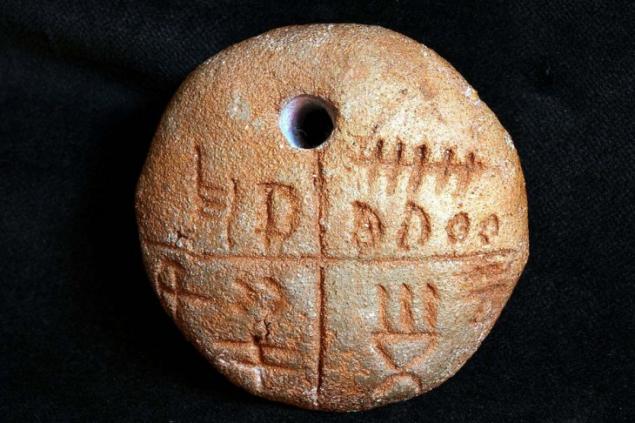
16. Dzhamsky minaretEto remarkably well-preserved minaret in Afghanistan, the exact date of the construction and the real purpose of which became the source of much discussion among scientists. Even if we assume that there is an inscription on the side supposedly includes this information, it is impossible to interpret correctly.
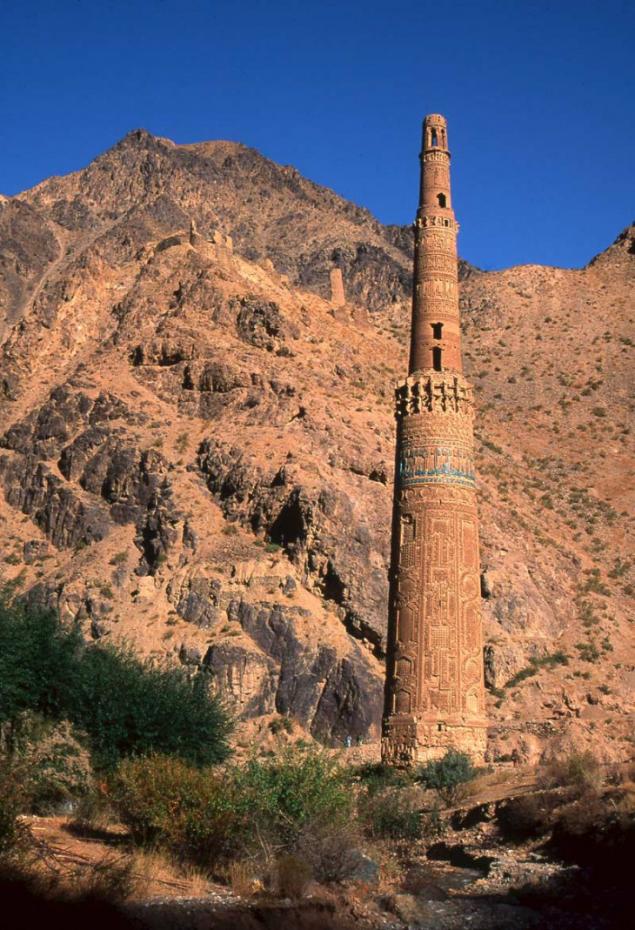
17. Andean kandelyabrNesmotrya that the Nazca Lines are perhaps more well-known, Paracas Candelabra is another located close to them geoglyphs, which archaeologists put to a standstill. While some of them claim that it had a religious significance, while others pointed to the fact that, because it is cut on the side of the hill, which can be seen at a distance of 20 km, while in the open sea, perhaps, was his kind of a landmark for sailors.
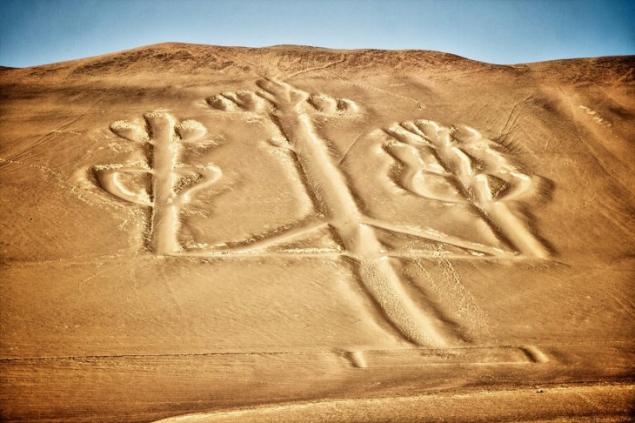
18. Uffington White loshadEta prehistoric figure found in Britain on a hill, consists of deep trenches filled with white chalk. Nevertheless, for many years, scientists argue about whether it is a horse or at all for some other animal. Date of its creation - even more controversial issue than the previous
.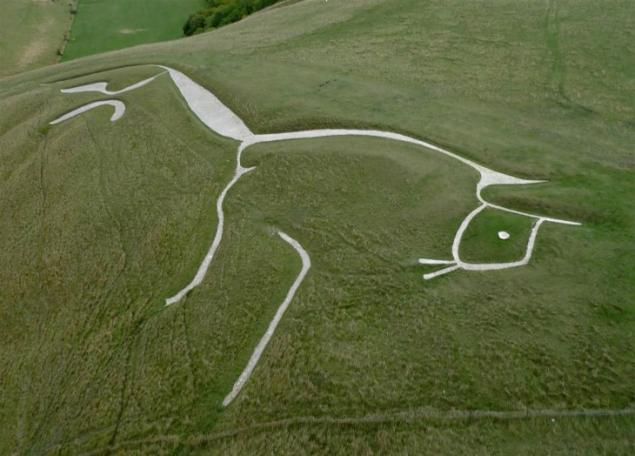
via mixstuff.ru/archives/85759
1. Spanish Spanish holmZagadochny Hill is located in Pennsylvania. Researchers can not come to a consensus as to the origin and structure of the mounds found on the hill. Some believe that they are created by the first farmers, others - that is the remains of settlements of the ancient Indians, and others - that in this place there were fierce battles
.

2. 33-meter temple in the city TikalDebaty around this Mayan temple concerned not its origin or purpose of creation, and the fact that archaeologists have decided to dismantle the structure in order to see what looked like the initial stage of its construction.

3. Grolersky kodeksEta pre-Columbian Maya book first appeared in the private collection of one of the collectors of New York in the 20th century. However, since its authenticity has been repeatedly challenged by archaeologists.

4. Map Piri reisaKarta was compiled by the Turkish admiral Piri Reis, and is allegedly a copy of one of the plurality of Christopher Columbus cards. For a long time in Turkey it was considered a matter of national pride. However, experts raised doubts about its accuracy is expected, especially in relation to the New World and the coasts of Antarctica.

5. Baghdad batareyaEto name for a number of artifacts discovered in 1930 in Iraq. Vessels affected by corrosion, because archaeologists have suggested that they were probably used to store wine or vinegar. However, it later emerged the hypothesis that these vessels could be used as the battery cells to cover the gold silver. Although the "Mythbusters" have shown that it is at least theoretically possible controversy regarding their destiny is still ongoing.

6. EtsiMumiya Ötzi was found high in the Alps on the border of Austria and Italy. Ice mummy man, also known as the Tyrolean Iceman, the oldest naturally preserved mummy in Europe. There is a lot of controversy and hypotheses regarding how Ötzi died. The most popular theories include all sorts of ways, ranging from participation in the search group and ending with the ritual sacrifice.

7. Skull number 5Yavlyaetsya one of five skulls found in the town of Dmanisi, Georgia. The unusual size of the skull are the subject of constant debate in the archaeological community. Basically, scientists argue about whether there was Dmanisiysky hominoid early form of Homo erectus (Homo erectus) or not.

8. Cylinder KiraDrevny cylinder containing Akkadian cuneiform, was discovered in 1879 in what is now Iraq. This manuscript was written in the name of the king of the Achaemenid, Cyrus the Great. To date, among scientists not subside disputes with regards to its historical significance. Some experts see it as a confirmation of the repatriation of the Jews, while others see it as the oldest known charter of human rights.

9. primitive man parking KalikoTysyachi stone products, resembling a prehistoric tools were found during archaeological excavations in southern California, leading to the area known as the site of primitive man Calico. However, among the scholars still debate continues with regards to whether these "tools" artifacts (made by men) or archaeological monument (formed by nature).

10. Monte Verde, ChiliOtkrytie archaeological monument of Monte Verde in Chile prompted many archaeologists believe that humans settled in the Americas much earlier than previously thought (the age of the monument is defined in 14, 5 thousand years).

11. Sandia pescheraVozmozhno, one of the most controversial archaeological finds in history can be called the cave, located in New Mexico, which was excavated by Frank Hibbenom in 1930-1940-ies. Many of its working methods and findings made by them are a source of great controversy in archaeological circles even today. Particularly controversial is the assumption that a person colonized North America much earlier than previously thought (again).

12. ChelovekPiltdaunsky Piltdown man was probably one of the most famous anthropological hoax ever perpetrated by people. After all, in fact, after the bone fragments found in England, presented as the remains of a previously unknown species of early humans, the scientific world took more than 40 years to be expose this deception. Personality forger remains unknown.

13. RunamoRunamo - is covered with cracks diabase dike located in Sweden with alleged runic inscription on one side. This theory served as the source for a number of recent controversy in the scientific community about whether the cracks are found any record or they are the result of natural wear patterns.

14. White Cave ShamanaEta 7-meter painting, discovered in Texas, has become the main topic of much debate and discussion with regards to its purpose and intent. The most common theories include many ideas from the rituals, made before the battle, and ending with the ancient religious ceremonies.

15. Terteriyskie tablichkiTri tablets found in Romania in 1961, have led to serious contradictions between archaeologists, especially in relation to their age and value. And more specifically, the experts did not agree in opinion with regards to the fact whether they represent an early form of a letter or not.

16. Dzhamsky minaretEto remarkably well-preserved minaret in Afghanistan, the exact date of the construction and the real purpose of which became the source of much discussion among scientists. Even if we assume that there is an inscription on the side supposedly includes this information, it is impossible to interpret correctly.

17. Andean kandelyabrNesmotrya that the Nazca Lines are perhaps more well-known, Paracas Candelabra is another located close to them geoglyphs, which archaeologists put to a standstill. While some of them claim that it had a religious significance, while others pointed to the fact that, because it is cut on the side of the hill, which can be seen at a distance of 20 km, while in the open sea, perhaps, was his kind of a landmark for sailors.

18. Uffington White loshadEta prehistoric figure found in Britain on a hill, consists of deep trenches filled with white chalk. Nevertheless, for many years, scientists argue about whether it is a horse or at all for some other animal. Date of its creation - even more controversial issue than the previous
.

via mixstuff.ru/archives/85759
30 reasons to fall in love in Romania
20 memorable phrase by Victor Hugo about the life, death and love
